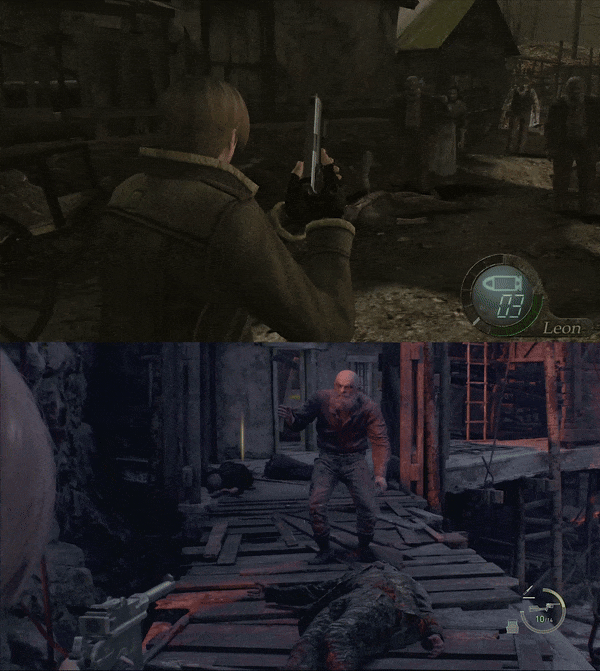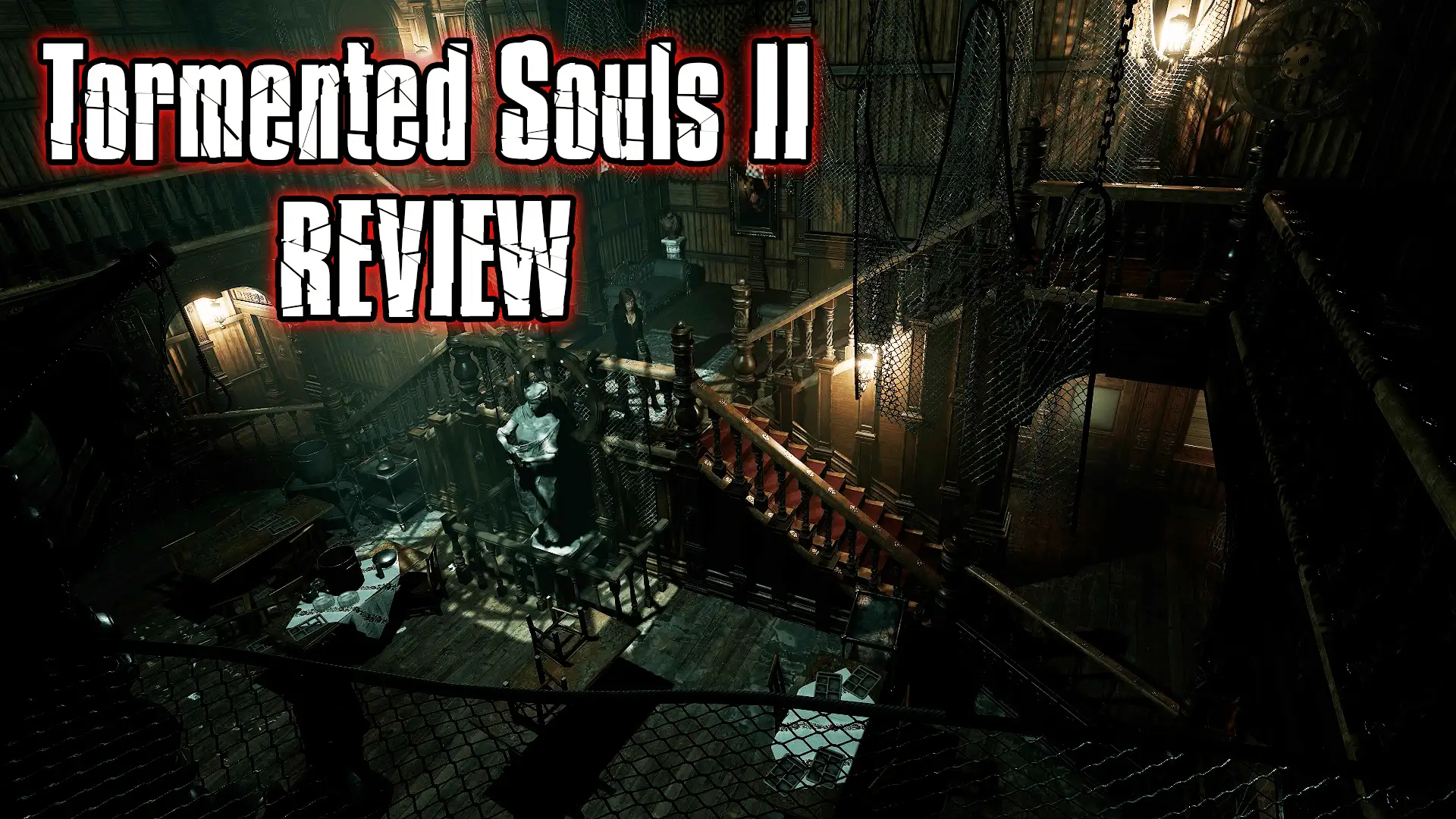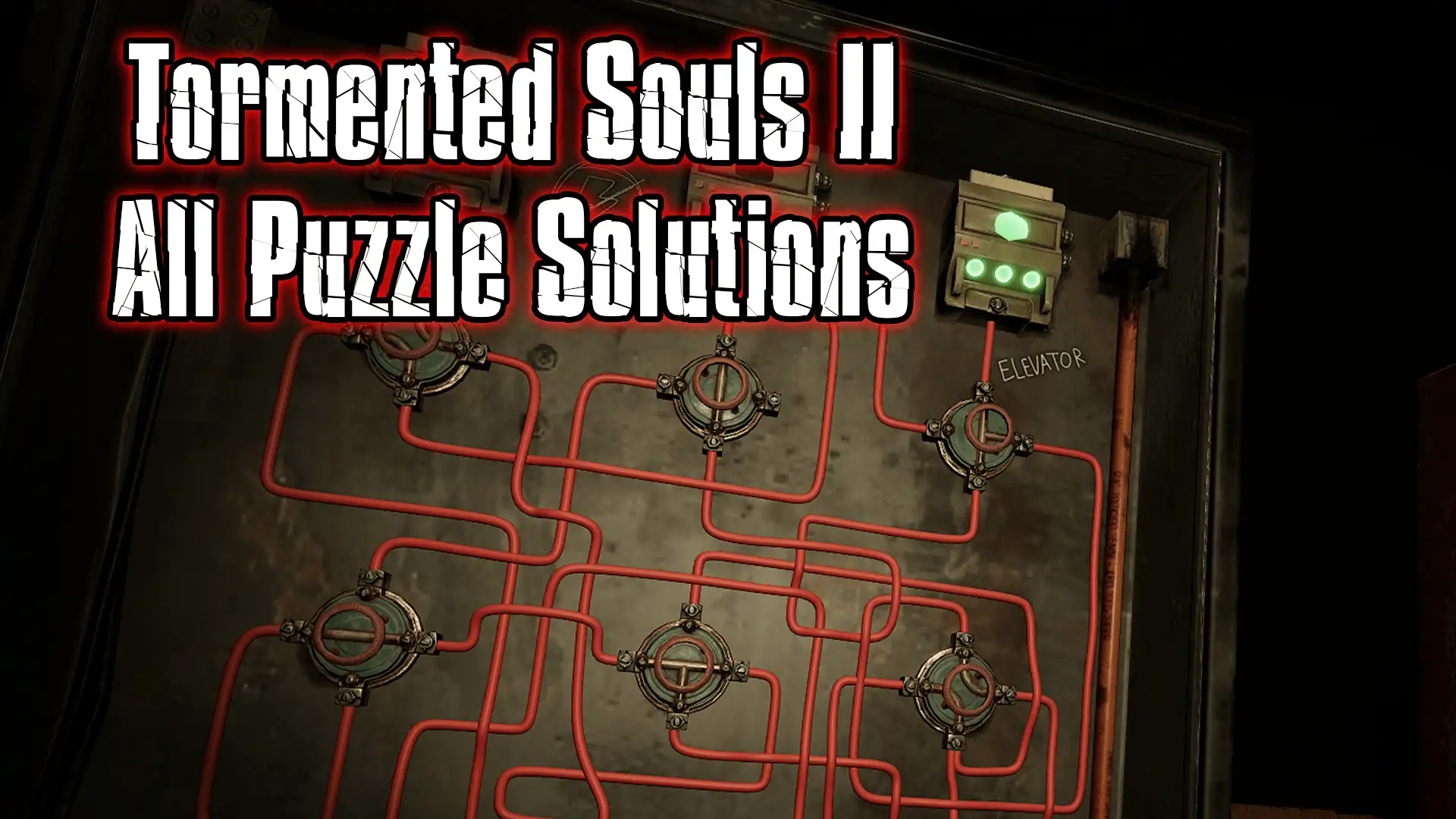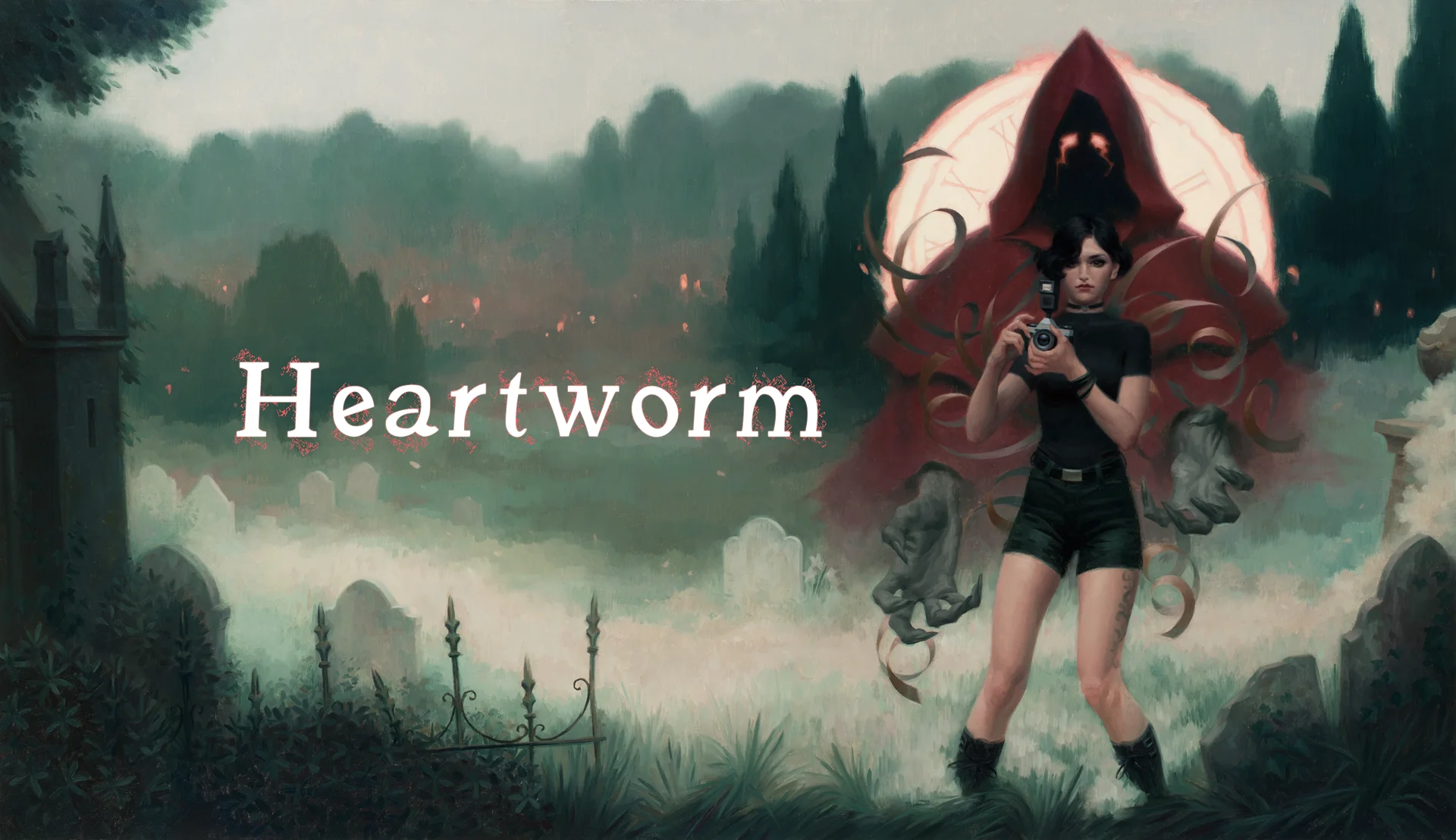How much action is too much in a survival horror game?
That’s the question I hope to explore with my Survival Horror Spectrum, a visual guide that maps where different games fall along a scale from pure action to pure survival. At one end of the spectrum (position 1), you’ll find action-heavy games with little or no survival horror elements. As you move up the scale, the action decreases and survival becomes the focus often with limited combat or no combat at all.
While most of us can agree on the core characteristics of survival horror, we each have our own personal threshold. At some point, too much action erodes the tension, resource scarcity, and vulnerability that define the genre. When that balance tips, the game doesn’t just lose its survival horror identity it transforms into something else entirely: action horror.
There are many factors that contribute to a game’s classification as survival horror, which can make the genre difficult to define. But too much action is often the clearest and most measurable disqualifier. At some point, when combat dominates every moment and tension gives way to constant gunplay, the game crosses a line. This isn’t a matter of personal taste or opinion; it’s a structural shift in both design and gameplay mechanics. If tension, and vulnerability are no longer central to the experience, then the game no longer fits the survival horror genre.
True survival horror relies on elements like resource scarcity, player vulnerability, and the meaningful option to avoid enemies. In some horror games such as Resident Evil 4, Dead Space, and The Evil Within enemies frequently drop ammo, health, and other resources. This not only reduces scarcity but also actively encourages players to engage in every fight, removing any real incentive to avoid combat.
Take Resident Evil 2 Remake, for example. Zombies are tough to kill, but relatively easy to avoid. Choosing to avoid them conserves ammo and reinforces the survival tone, even though combat is still present. If, however, those zombies dropped health and ammunition upon defeat, the game would shift to position 4 on my spectrum below the survival horror cut-off point pushing it into the realm of action horror.

So, the main question becomes: Where is the line?
Let’s start at the bottom of the spectrum with BioShock and Left 4 Dead two of my favorite games of all time. First, let me make one thing clear: placement on the spectrum has nothing to do with quality. The games are ranked purely based on survival horror elements, not how good they are.
While it’s true that in both games you’re technically fighting for your survival, the same could be said of almost any shooter. There has to be something more that sets survival horror apart from other genres something beyond simply surviving. The main reason Left 4 Dead sits at the bottom of the spectrum is because of its relentless, unbroken combat. The zombie hordes are so frequent that there’s barely a moment when your finger isn’t holding down the trigger.
As mentioned earlier, survival horror does include action, but it’s all about balance. Take Resident Evil 1 Remake (2002) its gameplay alternates between exploration, puzzle-solving, and sudden, tense combat encounters. The action isn’t constant or overwhelming it comes in bursts, often catching you off guard. That’s in stark contrast to Dead Space 3 (2013). Side by side, I don’t think you could find two games more polar opposite in terms of gameplay and how you interact with enemies.
As you can see in the footage below, there are moments in Resident Evil 1 Remake where you might encounter just a single zombie. In those situations, it’s often smarter to avoid the enemy and conserve your ammunition for tougher sections or boss fights. That kind of critical decision-making simply isn’t necessary in Dead Space 3, where you can mindlessly gun down every enemy in your path and there are plenty to deal with. It’s not uncommon for the game to throw over 30 enemies at you in a single encounter, and avoidance isn’t even an option. They must be killed to progress, and they also drop health and ammo, giving you no incentive to avoid them.
The meme below reads, “They’re the same genre,” which should obviously be taken as satire. Even based on these five-second side-by-side clips, it’s clear that these two games do not play the same way and shouldn’t be classified under the same genre label.

Survival horror cut off point
After the success of Resident Evil 4 (2005), there was a noticeable decline in traditional survival horror games and a sharp rise in action horror titles. Following its release, the Resident Evil series leaned further and further into action, which is why Resident Evil 5 and 6 fall lower down the spectrum. It’s undeniable that the shift toward action horror became most apparent with Resident Evil 4—but what many people (including Wikipedia) don’t seem to agree on is whether Resident Evil 4 itself should be considered action horror.
To be honest, I’d need to write a separate article to fully explain why I believe it is. There isn’t a single element that defines Resident Evil 4 as action horror, but rather a combination of factors that stack up over time. It’s the classic “straw that broke the camel’s back” scenario we just have to decide how much straw (or in this case, how many action elements) it takes to tip the balance.
Resident Evil 4 Remake does include more survival horror elements than the original such as stealth, enemy evasion, and Crimson Head–style enemies. In the remake, some enemies can transform if not dealt with quickly, much like the Crimson Heads in Resident Evil 1.
In general, enemies also feel more robust and less predictable, much like the zombies in the Resident Evil 2 Remake. In the original Resident Evil 4, if you shot an enemy in the knee, they would almost always fall, allowing you to follow up with a roundhouse kick. It was predictable and reliable. But in the remake, that certainty is gone. For example, I once had to shoot an enemy three times in the knee before they finally dropped sometimes they don’t drop at all. So, while precision aiming is still there, you no longer have full control over how effective your attacks will be.

However, even with all of these added survival horror elements, the Resident Evil 4 Remake still sits just below the survival horror cut-off point mainly because of one major factor: enemies frequently drop resources. This removes the incentive to avoid combat and shifts the gameplay towards a more action-oriented style.
Enemies dropping resources doesn’t automatically disqualify a game from being survival horror, but it’s a major red flag because of how much it alters the gameplay dynamics. On paper, Alisa and Resident Evil 1 (1996) are almost identical in structure. However, the Toothwheel drops in Alisa which can be spent in shops to buy health and ammunition introduce a subtle but significant change. It completely shifts your mindset as a player, encouraging combat and promoting more action-oriented gameplay. That’s why I’ve placed Alisa at position 5 on my spectrum, just below Resident Evil 1.
Gatekeeping
I’ve received some pushback on social media for my views on survival horror and on a few occasions, I’ve even been accused of “gatekeeping.” Some users argue that if someone wants to call a game survival horror, they have every right to. Others say, “Does it really matter if a game is survival horror or not?” But I have a practical problem with that.
I run a website that maintains a curated list of survival horror games. I can’t just label every game as survival horror. If I did, my site would be no better than the survival horror tag on Steam a tag that’s become almost meaningless due to overuse and misuse.
If you ask an AI or Google for a list of survival horror games, you’ll often get an incomplete list or worse, one filled with games that don’t truly fit the genre. What’s needed is a human curator someone who has actually played the games and understands the core characteristics of survival horror. Of course, that isn’t possible for one person alone. There are over 200 survival horror games, and I can’t play them all. That’s why I rely on recommendations and discussions from our Discord community.
Some might still see this as gatekeeping but to me, it’s the only way to ensure accuracy and preserve the identity of the genre. If everything can be called survival horror, then nothing is survival horror.







